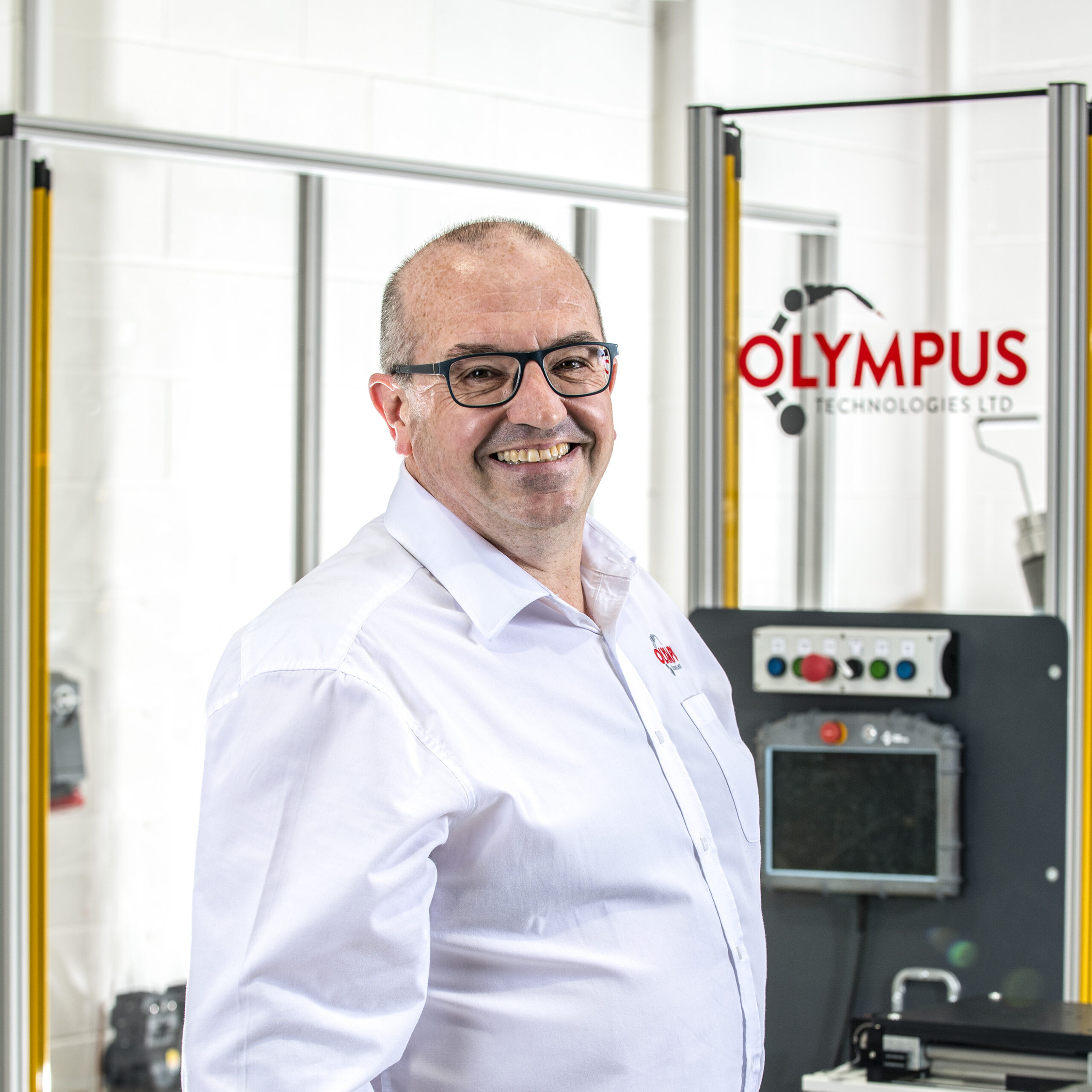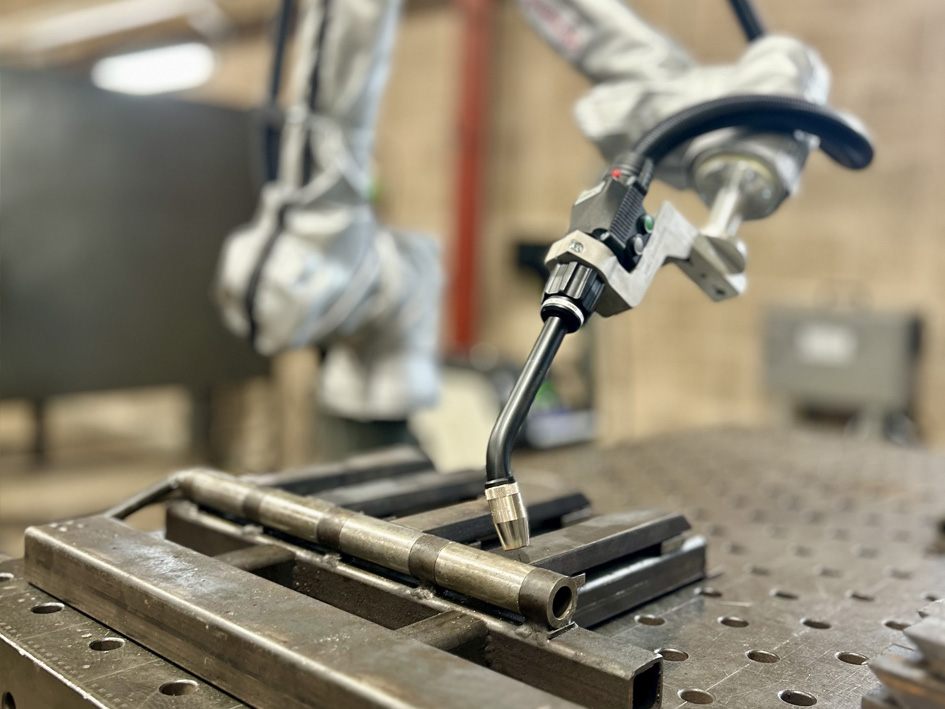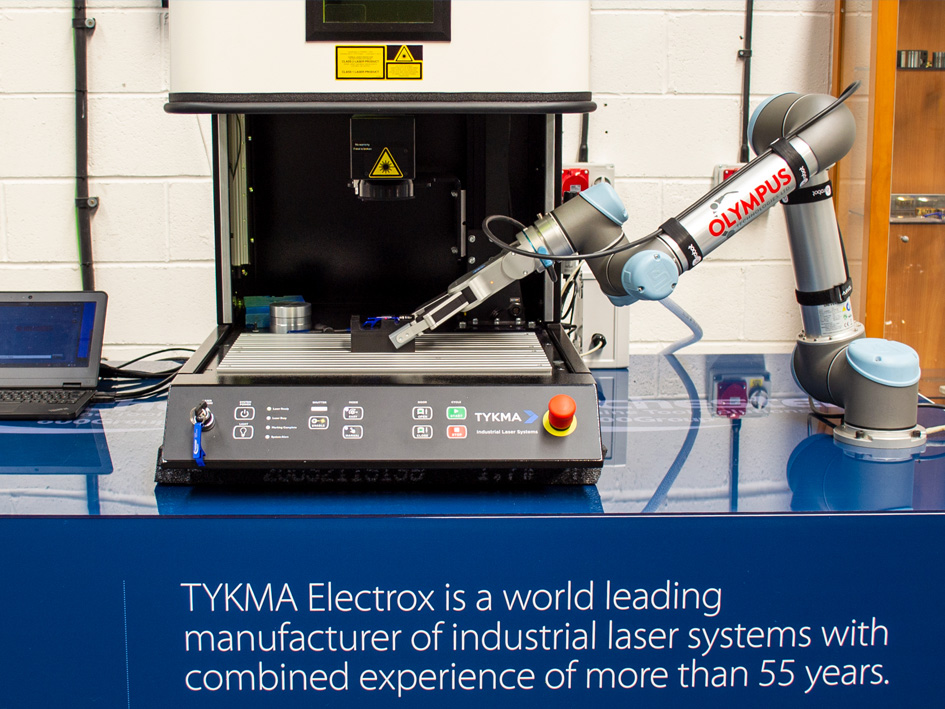Safe collaboration in plain English
Cobot systems are collaborative robots designed to work alongside people.
They show up across industry, from machining and welding to end-of-line packaging, because they promise higher throughput with safer, cleaner stations.
True safety relies on safe design from the start and a documented risk assessment process.
In the UK context, following the Health and Safety Executive and harmonised standards is not optional, it is how you show due diligence, compliance, and good governance for your business and workplace.
Risk assessment, the backbone of compliance
Treat risk management as a repeatable, evidence based cycle you can audit later.
- Identify hazards, assess risks, control risks, record findings, review controls
- Map each hazard to a protective measure, engineering or administrative or PPE
- Assign a responsible owner, a review cadence, and the date of next verification
Use recognised frameworks to keep work consistent: ISO 12100 for principles, the HSE step-by-step guidance for risk assessment, and PUWER duties for any work equipment used in operations.
Document how you eliminate or mitigate risks, especially where machinery, electrical equipment, or hazardous substances are involved.
The standards that matter and how they fit
- ISO 10218 Parts 1 and 2. Safety requirements for industrial robots and robot systems, for manufacturers and integrators. The latest 2025 updates modernise responsibilities and integration guidance.
- ISO TS 15066. Collaborative application limits and methods, including power and force limiting, speed and separation monitoring, hand guiding and safety rated stops. Often applied alongside ISO 10218 during planning, design, and implementation.
- EN ISO 13849-1 and IEC 62061. Safety related control systems. Determine PL or SIL for guards, scanners, E stops, interlocked doors, and other functions.
Tip, keep a simple matrix that links each hazard to the standard applied and the validation evidence, calculations and test records.
This keeps your technical documentation tidy and relevant, lets auditors verify efficiently, and helps your team maintain integrated safety as technologies change.
Marking and market access, GB and NI
Conformity routes differ across the UK and Ireland.
In Great Britain, UKCA marking continues where in scope.
In Northern Ireland, CE marking remains recognised, UKCA alone is not accepted, and CE or CE plus UKNI may apply depending on the chosen route.
Check whether your robotic systems or certain products fall under additional legislation, for example the energy related products regulations, RoHS regulations that limit certain hazardous substances, or instruments regulations.
Some requirements trace lineage to European Economic Community directives that are now reflected in UK law. Where EU regulation still applies to goods placed on the EU market, ensure your file set shows the correct route for each region.
Designing safe collaborative applications
Choose a collaboration mode that matches the task and environment.
- Power and force limiting for close interaction at low energy
- Speed and separation monitoring with scanners or light curtains that hold protective distances
- Hand guiding or safety rated monitored stop for setup and teach
Define protective distances, stopping times, and verification tests, then validate the performance level or SIL for every safety function. This is crucial in industrial automation where robotic systems share space with people and other equipment.
Where this fits naturally into our solutions
- End of line with human load or inspect tasks, see Cobot Palletising
- Hand in or hand out parts around forming and machining, see Machine Tending and Press Brake Tending
Guarding, scanners, and safe layouts
Quick, proven wins that reduce residual risk without hurting flow.
- Zoning by mode, a teach or setup zone at reduced speed, a production zone at normal speed, a service zone for lockout
- Verified stopping distance for SSM, interlocked doors for non collaborative cycles
- Clean cable management, clear visibility lines, and marked pedestrian routes
If your area contains hazardous substances, or is subject to the potentially explosive atmospheres regulations, extend the assessment to the environment and select protective measures that are certified for the specific risk.
Validation, documentation, and change control
Keep a tight file set so you can show what was done and why.
- Risk assessment pack, standards applied, PL or SIL calculations, stop time tests
- FAT and SAT results, training records, inspection and maintenance schedules
- Change control, re validate after any tool change, software update, speed or trajectory change, or layout move
Use a single index for all technical documentation. Include drawings, protective distance math, scanner field settings, and the name of the responsible person for each control.
Training and competence that sticks
Make training role-based and measurable.
Operators need a safe start-up, fault response, and emergency procedures. Technicians need deeper diagnostics and safety function testing.
Engineers need configuration and validation skills.
Run emergency drills, E stop, safeguarding fault, power loss, then set a refresher cadence tied to incident and near miss data from the safety executive and your own records.
Good planning here protects health and strengthens everyday implementation.
Dynamic risk assessment over time
Risk is not static.
Monitor incidents, near misses, scanner stops per hour, manual recovery events, maintenance findings, and rework.
Use leading indicators to trigger reviews before issues become significant. Update measures when the environment, workload, resources, or technologies change.
This integrated approach keeps your system aligned with UK regulations and the real world constraints of industry operations.
Hazard to control table you can copy
| Hazard | Control | Standard | Validation |
|---|---|---|---|
| Unexpected restart | Safety rated reset and restart inhibit | EN ISO 13849-1 | PLd calculation and stop time test, dated record |
| Human robot impact | Power and force limits with verified thresholds | ISO TS 15066 | Force and pressure measurement sheet, instrument calibration |
| Intrusion into workspace | SSM with scanner and defined fields | ISO 10218-2, EN ISO 13849-1 | Protective distance calculation and field test log |
| Access during auto cycle | Interlocked guard doors with monitoring | IEC 62061, EN ISO 14119 | SIL or PL report, functional test video |
Quick compliance checklist
- Current risk assessment aligned to the HSE five steps
- Collaboration mode defined, stop times validated, calculations filed
- PL or SIL for safety functions with test records and a named owner
- Marking correct for GB and NI routes, CE, UKCA, or UKNI as applicable
- Training matrix in place, inspection schedule current, change control policy live
Where we can help, safely and at speed
- End of line safety integration for pallet movement or finished cases, see Palletising and Case Packing
- Process cells with close human interaction, see Welding, Machine Tending, Press Brake Tending, and Dispensing and Sealing
We work in industrial automation every day, helping companies plan, develop, and implement protective measures that are practical and auditable. Our goal is to keep your line efficient while staying prior to the curve on innovation and legislation.
Notes on scope and UK specificity
This guide focuses on safe collaboration for robotic systems in UK industry. It references HSE practice, PUWER, and the standards used most often in cobot design and validation.
It also flags wider product laws that may apply to certain products beyond the robot, for example energy related products regulations for drives, RoHS regulations limiting certain hazardous substances in electrical equipment, and specific conformity rules for instruments regulations where measurement devices sit near the cell.
Where goods are exported to the EU, align with relevant EU regulation and retain the correct conformity file for each market.
To keep examples grounded, think about secondary risks that sit around a robot, container bottles on a conveyor near a palletising cell, aerosol cans in a mixed SKU line, degreasers and cleaners stored near a welding booth.
These are small details, but they matter when you are proving compliance across the environment, not just the robot.
Why this matters for your business
Safe collaboration is not a paperwork exercise. It is a crucial tool for planning, implementation, and operations that lets your company grow responsibly, use resources wisely, and protect health.
Done well, it mitigates risks, maintains uptime, and builds trust with customers and auditors. It also creates space for future innovation, because a clean, integrated compliance file makes every upgrade faster to approve and easier to audit.














